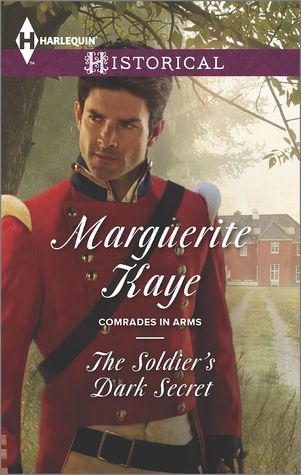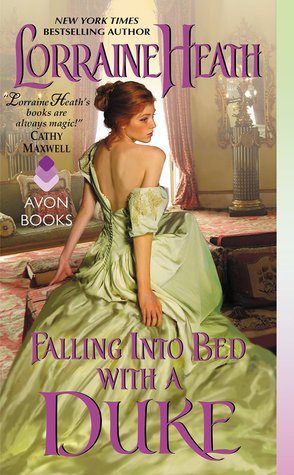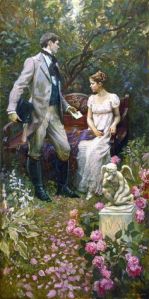
(Eleanor of Aquitaine Trilogy, #2)
Genre: Historical Fiction (12th Century – London, 1154)
Cover Blurb:
As Queen of England, Eleanor has a new cast of enemies—including the king.
Eleanor has more than fulfilled her duty as Queen of England—she has given her husband, Henry II, heirs to the throne and has proven herself as a mother and ruler. But Eleanor needs more than to be a bearer of children and a deputy; she needs command of the throne. As her children grow older, and her relationship with Henry suffers from scandal and infidelity, Eleanor realizes the power she seeks won’t be given willingly. She must take it for herself. But even a queen must face the consequences of treason…
In this long-anticipated second novel in the Eleanor of Aquitaine trilogy, bestselling author Elizabeth Chadwick evokes a royal marriage where love and hatred are intertwined, and the battle over power is fought not with swords, but deception.
♥♥♥♥♥♥
The Winter Crown is the second instalment in Elizabeth Chadwick’s trilogy of books about Eleanor of Aquitaine, and I devoured it! Ms. Chadwick weaves a rich tapestry of life in medieval England and France under the early Plantagenets – love them or hate them, they shaped English history in a manner that is far-reaching, fascinating and shocking, starting with the large, dysfunctional family of Henry and Alienor (as she was actually known).
The story opens in Westminster Abbey in December 1154 with the coronation of the new king and queen. Already, Alienor has proven her worth in the short period of time she has been Henry’s wife, with one boy child and another in her womb at the time of her crowning – her position is secure. Alienor is Duchess of Aquitaine in her own right, and has brought her young, powerful husband, wealth and additional power through their dynastical marriage. However, he has no intention of allowing her any input into the governance of their lands, and instead keeps her firmly in what he believes to be her place – carrying a child most of the time. They had eight in all, seven of whom live, which was quite a rare feat in those days of high infant mortality.
Ms.Chadwick’s novels are richly character driven, and The Winter Crown is no exception. The intriguing relationship between Henry and Thomas Becket grows through Becket’s Chancellorship to his eventual position as the highest primate in the land – Archbishop of Canterbury. Henry wheels and deals and is eventually hoist by his own petard when his devious, self-serving plan to have Becket holding both offices simultaneously flounders, much to his chagrin. Henry’s intention to stop the church interfering in state business fails so spectacularly that far from being his ally, Becket becomes his enemy and the two men are eventually at loggerheads.
Alienor is depicted as an intelligent and discerning woman with a keen eye and quick brain, more than able to understand the workings of the politics and intrigue of the times; and more importantly, was usually one step ahead in working out her husband’s controlling machinations. A loving and caring mother to her brood, she was nevertheless pragmatic, even if she was not always happy that her children must be sold off in marriage to increase and ensure the continuing fortunes and power of the dynasty. As her family grew into young adulthood she had great influence in their lives, especially in that of her her sons – and most particularly Richard, whom she adored and was the heir to her Duchy. This influence was eventually to be the root cause of her downfall.
Henry is portrayed as being devoid of deep feeling, or at the very least unable or unwilling to show it. There was a powerful, almost animalistic passion between Henry and Alienor in the early days of their marriage, which inevitably burned out as quickly as it had begun. I can see how Elizabeth Chadwick reached her assumption that this was lust and duty as opposed to love; no tender lover would treat his wife and the mother of his children as abominably as Henry did Alienor, especially in his eventual cruel incarceration of her. It is also reasonable to assume that Henry was capable of more, if not love, then at least tenderness, as was shown in his long relationship with Rosamund Clifford.
Ms. Chadwick sets the scene for the emergence of William Marshal as a man to be watched – from his first appearance he is seen as a man of honour and unwavering loyalty. For anyone reading this who has not yet had the pleasure of reading The Greatest Knight you are in for a treat!
All in all, the author’s research into the background and real people in this richly decadent time is impressive. She captures the time and place so perfectly that the characters leap to life before our eyes. Ms. Chadwick’s careful and thorough historical investigation reveals itself in the detail, for instance:
…the tiny bone needle case, exquisitely carved out of walrus Ivory… a length of narrow red ribbon was tucked down the side of the case, and when drawn out, proved to be embroidered with tiny golden lions. It was skilled and beautiful work. One needle was threaded with gold wire mingled with strands of fine honey-brown hair.
Alienor finds this needle case in Henry’s chamber, and throws it into the fire in a fit of temper – the natural reaction of a woman scorned. It adds that touch of understanding and hurt that, despite her regal and dignified bearing, she would have felt when faced with the evidence of her husband’s paramour in his private chambers. And the seamless introduction of this historic artefact, obviously discovered during Ms. Chadwick’s extensive research, is just another way in which this author excels and delights.
MY VERDICT: If only our children could be taught history in the way that Elizabeth Chadwick tells it – we would have a generation of young people growing up with a thirst for knowledge. The Winter Crown is highly recommended.
REVIEW RATING: STELLAR 5 STARS
SENSUALITY RATING: SUBTLE
Eleanor of Aquitaine Trilogy (click on the covers for more details):
**I received a complimentary copy of this book from the publisher in return for an honest view.**
This review was originally posted on Romantic Historical Reviews:
http://www.romantichistoricalreviews.com/virtual-tour-the-winter-crown-by-elizabeth-chadwick/





































